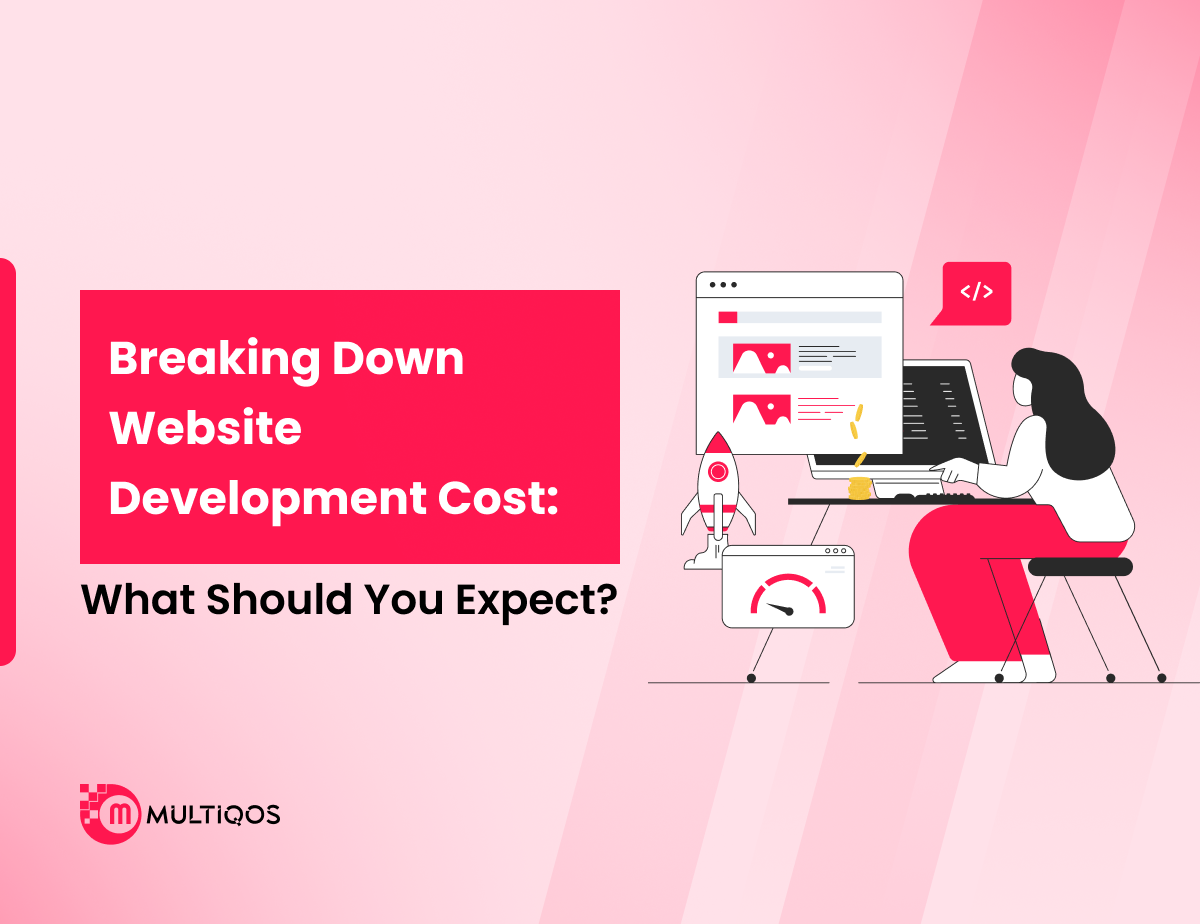Top Benefits of Composable Website Architecture for Modern Brands

Summary:
Composable website architecture is transforming how modern brands build and scale digital experiences. Unlike traditional monolithic systems, this modular approach allows businesses to integrate best-of-breed tools, adapt quickly to market changes, and deliver personalized content faster.
In this blog, we explore the top benefits of composable website architecture, including improved flexibility, faster time-to-market, scalability, and better customer experiences, which make it a smart choice for forward-thinking brands.
Introduction
Brands nowadays are expecting more than just a visually attractive website; it should be flexible, scalable, and ready for a digital foundation. That’s where composable website architecture comes into the picture. This modern approach enables rapid innovation, seamless integration, and improved user experiences. In this blog, we will discover the most useful benefits of composable website architecture and why it quickly becomes a go-to solution for modern brands to be competitive and agile.
What is Composable Website Architecture?
Composable website architecture is a modern approach when it comes to web development as it aids businesses and brands to create digital experiences using modular, interchangeable components. Instead of relying on a single monolithic platform, the architectural team offers the best reproductive devices and services, such as CMS, e-commerce, search, and analysis in a comprehensive digital system. With this, it becomes easy to build, deploy, and update each component independently, helping companies with quick and efficient flexibility.
This concept is inherited from composable architecture and enables the use of decoupled and reusable system components. Applied to websites, it allows the teams to tailor all parts of the technology stack to meet the customers’ needs and business goals. With rapid growth cycles, easy integration, and better flexibility, composable website architecture allows brands to provide personal digital experiences with high demonstration that keep up with rapid market changes.
7 Benefits of Composable Website Architecture for Modern Brands
Modern brands require more than just a functional website; They require digital ecosystems that are flexible, scalable, and optimal. Composable website architecture is the key to unlocking this ability. By solving the front-end and back-end components and enabling modular integration, this approach provides the opportunity to make marks faster and smarter.
Here are seven convincing benefits of using compostable website architecture:
1. Unmatched Flexibility and Agility
Composable website architecture allows brands to choose the right building tools and services for each function, including content management, e-commerce, search, or analysis. This helps in updating and replacing each component independently, without affecting the entire system. Result? Adaptation capacity for rapid change, repetition, and business requirements.
2. Faster Time to Market
Along with traditional monolithic systems, launching new features or redesigns can be a long process. Composable website architecture provides streamlined workplaces by letting the teams work with different services in parallel. This leads to sharp distribution cycles, making it easier to respond to market opportunities and customers’ responses in real-time.
3. Personalization at Scale
Modern consumers expect personal experiences at each point of touch. Composable website architecture enables smooth integration of customized and personalized engines, customer data platforms, and AI-based tools. This makes it easy to distribute relevant, targeted materials in different user segments, at scale, and in real-time.
4. Enhanced Security Posture
By decoupling services and separating tasks, composable systems reduce the risk of system-wide weaknesses. Brands can use safety measures at microservice levels, monitor the dangers more efficiently, and deploy the patches without disturbing the entire ecosystem. This architecture also supports the zero-trust model and improves the security framework.
5. Easier Vendor Transitions
Composable website architecture provides the freedom to switch to equipment or services without locking your brand in a single supplier or platform. Whether you change CMS, search engine, or analysis supplier, the modular layout ensures a smooth infection without costly re-platforming or downtime.
6. Empowered Product Thinking
With composable website architecture, teams can use a product’s first mindset, providing each service or feature as a standalone product with its own life cycle, goals, and roadmap. It is better improved with smooth functions and modern web development practices, promoting collaboration between design, development, and marketing teams.
7. Future-Proof and Scalable
The change in user expectations and technology is a never-ending process, and when it comes to composable website architecture, it ensures that your digital appearance remains scalable and flexible. You can easily integrate new devices or platforms, expand features, and start your site from the bottom up globally.
Conclusion
Using a composable website architecture is no less than a luxury; it has now become an essential requirement for modern brands. It strengthens businesses in their speed, innovation, and flexibility, and at its own speed, frees them from the boundaries of monolithic systems. By modulating the material and design, the brand can distribute in-person, omnichannel experiences faster and more efficiently.
After reading this post, you might want to enhance your digital appearance for future-proofing, isn’t it? If so, you can hire web developers to build a feature-rich website infrastructure from a top-notch service provider like MultiQoS. With the right experience and expertise, you can step aside and watch your brand shine ahead in the competitive curve, adapting to changing technical advancements.
FAQs
Unlike monolithic systems, where all features are closely integrated into the same platform, a composable architecture allows each component to function independently. This means that updates and changes can be made without affecting the entire system.
Fast market, expanded scalability, excellent user experience, easy adjustment, and spontaneous integration with third-party equipment and services are some of the main benefits of composable site architecture.
Although it is particularly beneficial for large companies that develop digital needs, composable architecture can be scaled in search of startups and provide lasting flexibility and growth for small businesses.
Yes. Since each component is freely adapted and distributed, websites that use composable architecture often experience fast load times and better general performance.
Get In Touch







